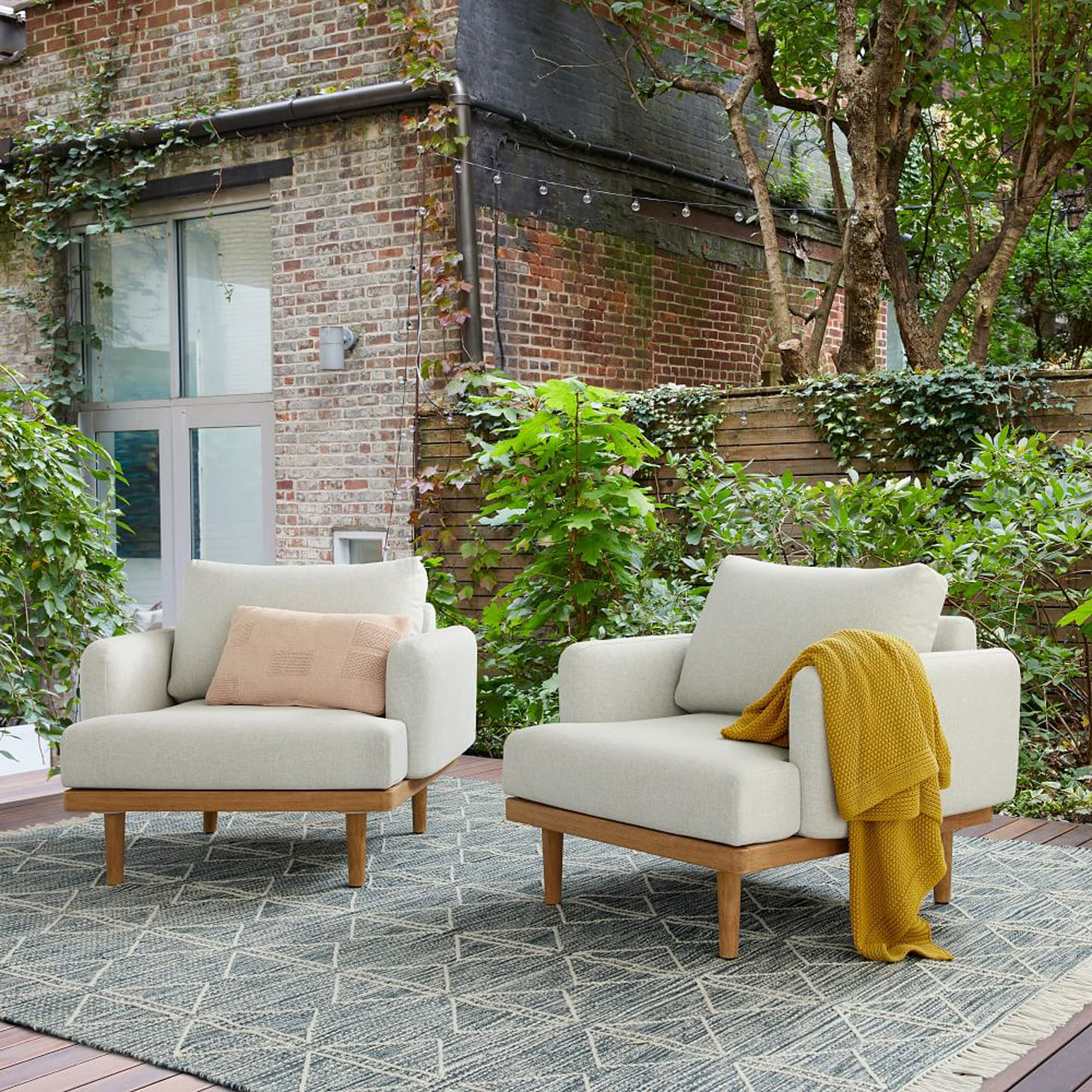
Shedding Light on Thin Lighting: Innovations and Applications
Thin lighting technology has made significant advances in recent years, revolutionizing how we illuminate and enhance various spaces. Traditional lighting fixtures can be bulky, intrusive, and require a lot of effort to install. On the other hand, thin lighting is lightweight, flexible, and easy to install, making it a popular choice for both commercial and residential purposes.
In this article, we will explore the innovations and applications of thin lighting, discussing its benefits, drawbacks, and what the future holds for this exciting technology.
What is Thin Lighting?
Thin lighting refers to a type of lighting technology that is thin, flexible, and can be integrated with various spaces in novel ways. Thin lighting can be broken down into two types:
EL Panels
Electroluminescent (EL) panels are thin, flexible, and emit a bright, uniform light. They are often used in backlit displays and signs, as well as in architecture and interior design. EL panels work by passing an electric current through a phosphorus coating, which emits light.
LED Light Sheets
LED light sheets, on the other hand, use light-emitting diodes (LEDs) to illuminate a space. They are made up of several layers of materials, including an LED layer, a diffusion layer, and a reflector layer, among others. LED light sheets can be customized to fit a variety of shapes and sizes, making them ideal for architectural lighting, signage, and displays.
The Benefits and Drawbacks of Thin Lighting
Thin lighting technology offers several benefits, including:
Flexibility and Customization
Thin lighting can be customized to fit any space or shape, allowing for more creative and unique designs than traditional lighting fixtures. Because they are thin and flexible, they can be bent and shaped to fit any surface, installation, or spatial needs.
Energy Efficiency
Thin lighting uses much less energy than traditional lighting fixtures, making it a cost-effective and eco-friendly alternative. LED light sheets, in particular, use only a fraction of the energy that traditional light bulbs use, helping to reduce both energy costs and carbon footprint.
Ease of Installation
Unlike traditional lighting fixtures, which are often bulky, heavy, and require professional installation, thin lighting can be installed by anyone with basic DIY skills. With adhesive backing and plug-and-play capabilities, thin lighting can be installed quickly and easily, making it a popular choice for both commercial and residential applications.
However, thin lighting has some limitations to consider, including:
High Upfront Costs
While thin lighting is cost-effective in the long run due to its energy efficiency, the upfront costs can be higher than traditional lighting fixtures. This can deter some businesses and homeowners from using it in their spaces.
Temperature Sensitivity
EL panels are sensitive to temperature changes, and extreme temperatures can impact their performance. LED light sheets are generally more tolerant of temperature changes; however, high temperatures can cause the LEDs to degrade over time.
Applications of Thin Lighting
Thin lighting has a wide range of applications across multiple industries, including:
Architecture and Interior Design
Architects and interior designers can use thin lighting to enhance the aesthetics of their designs, serving both functional and decorative purposes. Thin lighting can be used to backlight panels, ceilings, walls, and even flooring, creating a unique and dynamic visual experience.
Signage and Displays
Thin lighting is ideal for creating eye-catching signage and displays. EL panels can be used to create backlit signs, while LED light sheets can be customized to fit any shape or size, allowing for more flexible and innovative displays.
Automotive
Thin lighting is a popular choice for automotive lighting, including dashboard lighting, interior lighting, and even exterior lighting. LED light sheets are especially useful in automotive lighting, as they can be customized to fit any space or shape.
The Future of Thin Lighting
Thin lighting technology is still evolving, and there are exciting advancements on the horizon. Some of the future trends and possibilities for thin lighting include:
Smart Lighting
Thin lighting can be integrated with smart lighting technologies, enabling users to control the lighting remotely through their smartphones or voice-activated assistants. This helps to increase energy efficiency and offers more convenience and flexibility for users.
Health and Wellness
Research indicates that lighting can impact human health and well-being, and manufacturers are exploring how thin lighting can be used to this effect. For example, adjustable lighting can help to regulate the circadian rhythm, improving sleep and reducing fatigue.
Integration with IoT
Thin lighting can be integrated with the Internet of Things (IoT), enabling lighting fixtures to communicate with other devices and sensors. For example, lights could work in conjunction with motion sensors to turn on and off based on occupancy, creating a more energy-efficient and convenient lighting experience.
Thin lighting technology has many benefits over traditional lighting fixtures, offering flexibility, energy efficiency, and ease of installation. From architecture and signage to automotive lighting, thin lighting has many applications across several industries, with exciting advancements on the horizon. As the technology continues to evolve, we can expect to see even more innovative and adaptable ways to illuminate our spaces.


